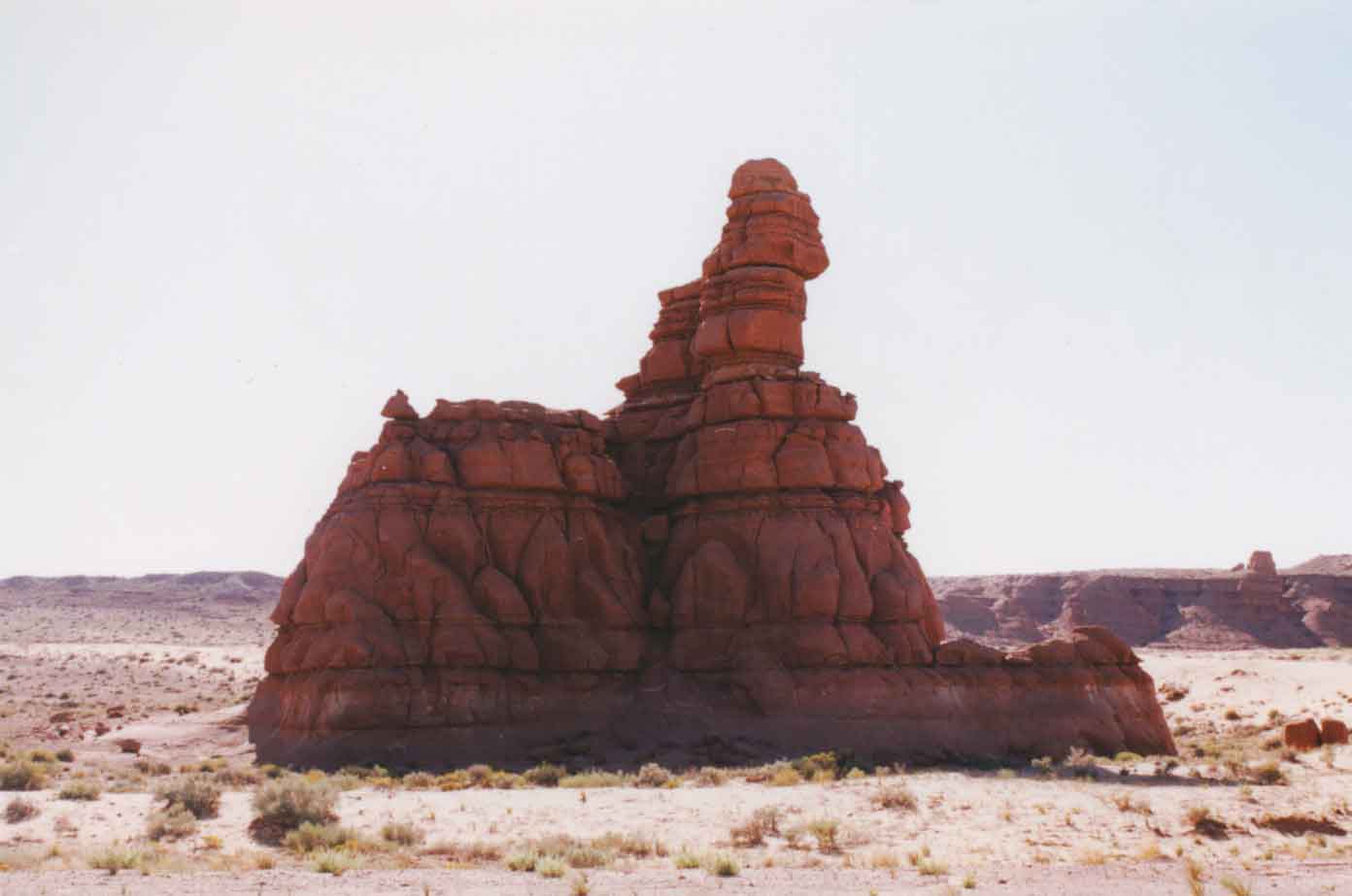

Badlands
for
flute and wind ensemble
by
Robert Morris
Program Notes
I was excited and pleased when, in the fall of 1990, Elizabeth and Kenneth Singleton asked me to write a concerto for flute and wind ensemble. I had written music for them before when I was on the faculty of the Yale School of Music and they were graduate students there in the early 70s. Their excellent musicianship and dedication to new music had been most stimulating then and I was glad, after 15 years, to have a chance to work with them again.
The resultant work, a full-blown concerto with cadenza, was mentally formed in December of 1990 and composed from February to May, 1991. The title reflects my love of the terrain of the Southwestern United States: the still and open expanses of desert and the wild and rugged canyons and mesas. Such places are extremely inspiring to me, an appreciation I share with the Singletons. While the concerto can be characterized as "absolute" music, its musical shapes and states are akin to the feel of badlands: fantastic, surprising, difficult, dangerous, transcendent, yet calm and empty.
Badlands might be thought of as a hike through a wild, undomesticated tract of land. The form of the piece provides the terrain through which the listener traverses; each pass through this form can be a different experience, depending on what one notices and how one continues to regard it. For such a conception of music to work, the piece must be relationally rich and multifaceted so it can provide the "garden of forking paths" for the listeners' explorations. Thus, there is no "privileged" or "correct" way to hear Badlands, only an attentive and open mind is required.
Even so, I don't mind describing a few of the road signs or views to whet the listener's musical appetite. To this end, I provide the following scenario:The flute solo emerges out of the flutes in the orchestra, and for a time the other flutes shadow the soloist, as if teaching it/her/him to negotiate the terrain. The concerto's opening also involves the build-up of vast 12-note chords that now and again return to interrupt the linear flow of the piece. These "mountains" begin to dominate the piece, until near the end of the work they comprise whole sections of music. A similar process also starts with the brief flute solo after the first 12-note chord of the piece the emergence of long, almost stationary swatches of music. These culminate in the center of the work where the flute plys short, fleeting phrases placed among the intimate, drawn-out notes and harmonies of other instruments. Up to these immobile, central moments, the flute has become increasingly secure and garrulous, but here the flute is integrated into the ensemble's domain. When things pick up, the flute emerges once again, this time to do battle with various instrumental groups, mainly the lower brass and percussion. At certain key moments, the orchestral flutes swoop in to aid the soloist. The turbulence culminates in the frenetic flute cadenza which recalls, in both obvious and subtle ways, the music that led up to it. The tutti "mountains" that follow the cadenza soon give way to the final polyphonic complexities of the coda.
Many months after completing Badlands, I realized that the piece's form might very well be an unconscious personal expression of my musical relations with the Singletons. The extended middle section might be the many years between our musical activities at Yale and the anticipation of the performance of this piece.